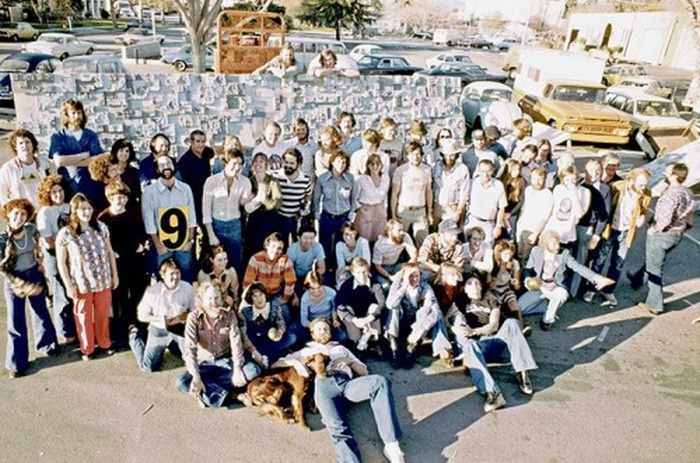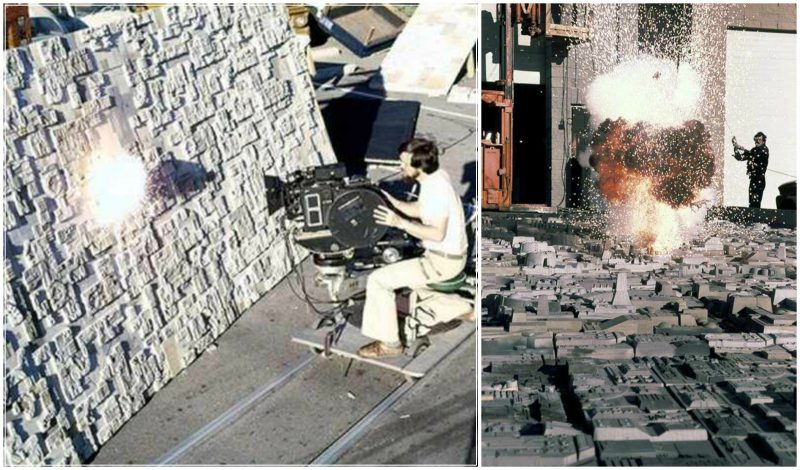Nowadays, when we see movies like Interstellar, Avatar or any film that includes huge visual effects you know exactly how the movie was filmed, in a “green screen” studio, using mostly computer graphic animation.
However, the epic space opera Star Wars is the pioneer of crazy visual effects shown on screen. The greatest thing that makes Star Wars even more special is the fact that most of the visual effects were filmed manually.
Even though George Lucas was the pioneer in computerized special effects, he was one of the first movie directors who founded his own special effects company to complete the difficult scenes needed in Star Wars. The company was called Industrial Light and Magic also known as IML, which later has proven to be one of the leader in special effect and the parent company of Pixar.
Take a look at how Star Wars Special Effects were filmed back in the ’70s.
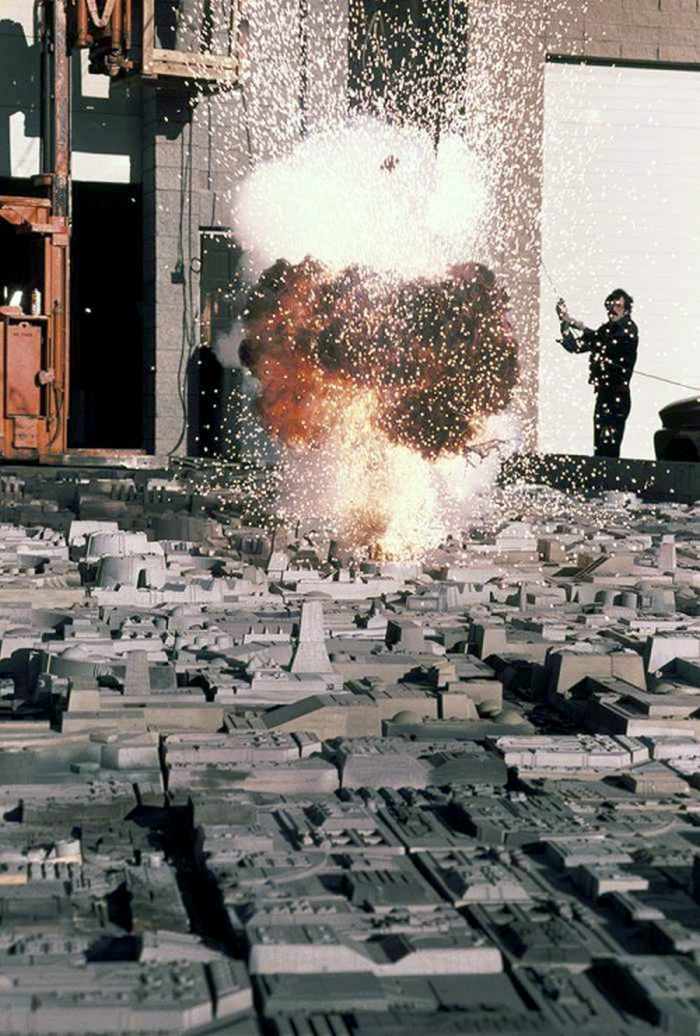
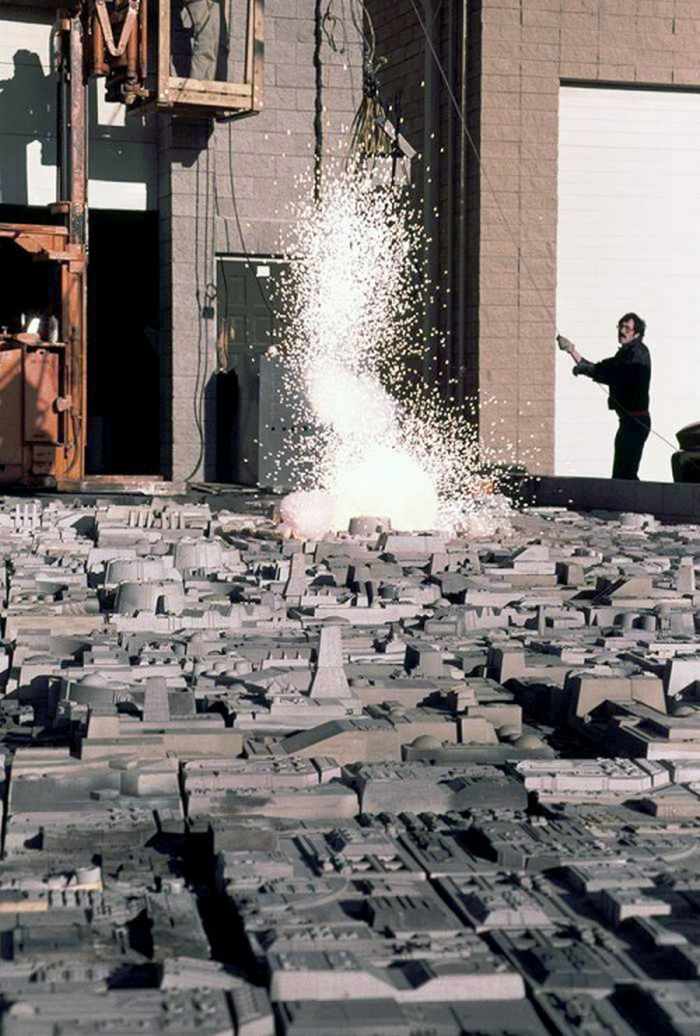
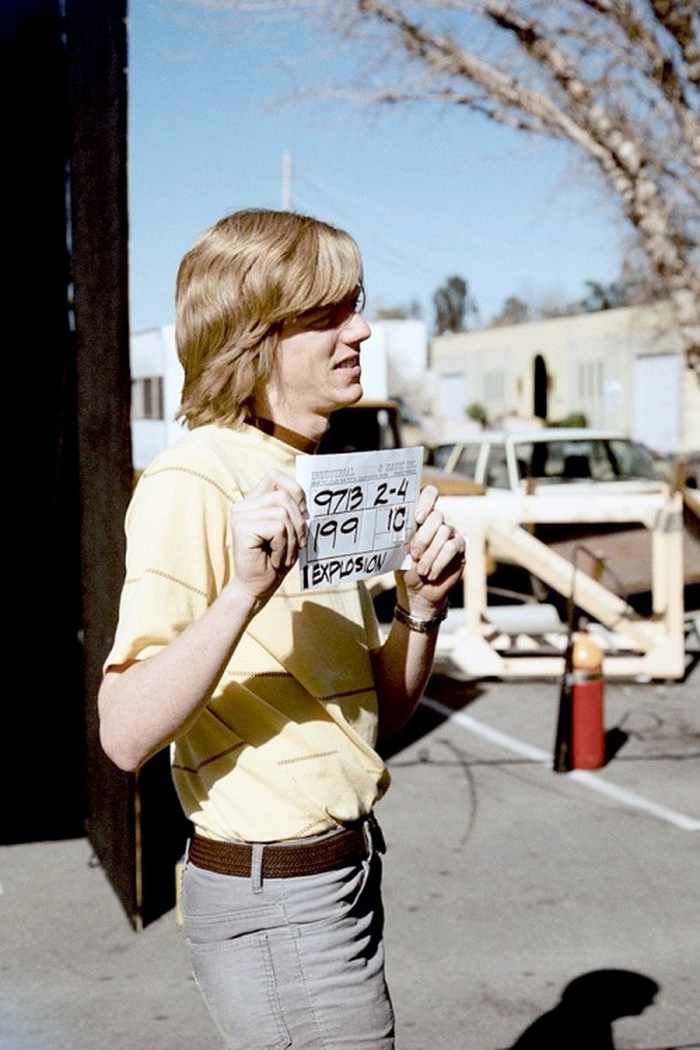
Lucas wanted his 1977 film Star Wars to include visual effects that had never been seen on film before. After discovering that the in-house effects department at 20th Century Fox was no longer operational, Lucas approached Douglas Trumbull, famous for the effects on 2001: A Space Odyssey. Trumbull declined as he was already committed to working on Steven Spielberg’s film Close Encounters of the Third Kind, but suggested his assistant John Dykstra to Lucas. Dykstra brought together a small team of college students, artists, and engineers, and set them up in a warehouse in Van Nuys, California. Lucas named the group Industrial Light and Magic, which became the Special Visual Effects department on Star Wars.
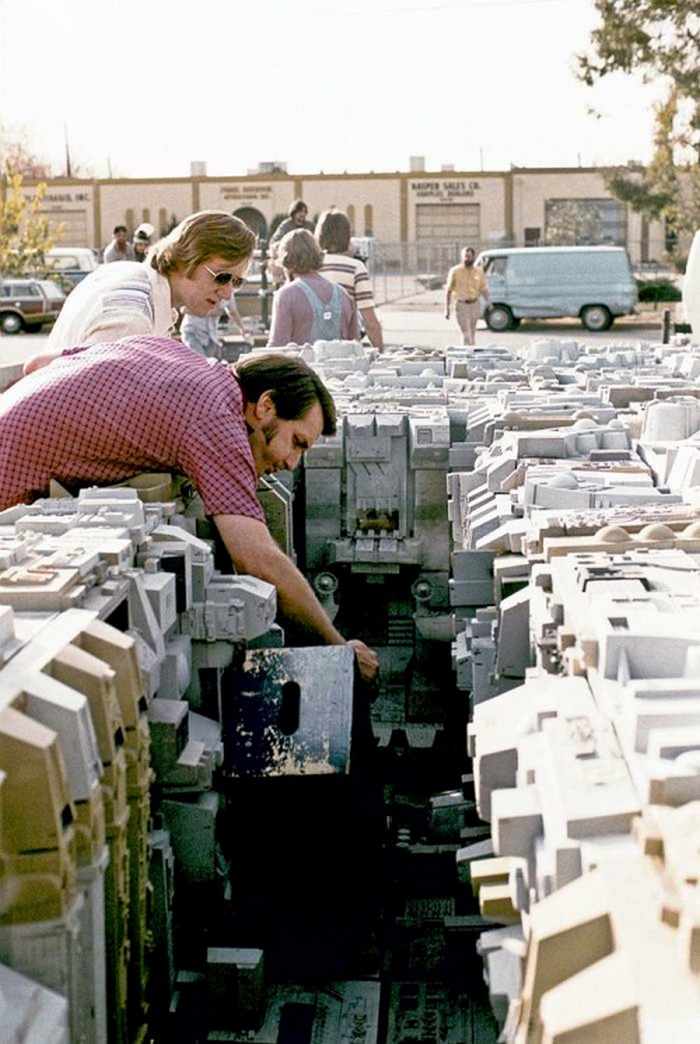
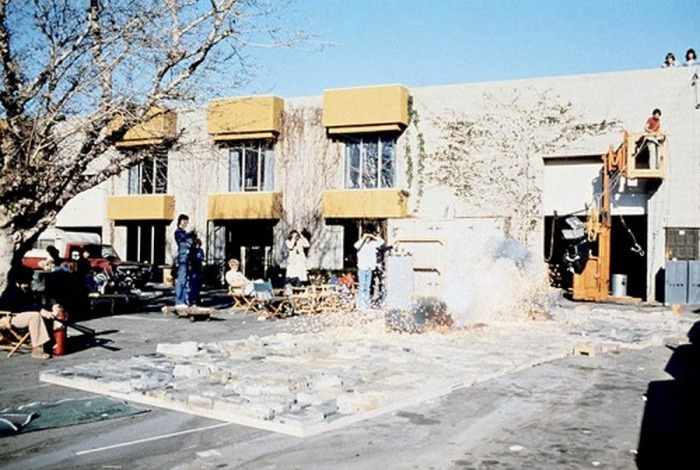
After the success of the first Star Wars movie, Lucas became interested in using computer-generated imagery on the sequel. So he contacted Triple-I, known for their early computer effects in movies likeWestworld and Futureworld, which ended up making a computer generated test of five X-Wing fighters flying in formation. He found it to be too expensive and returned to handmade models. But the test had showed him it was possible, and he decided he would create his own computer graphics department instead. One of Lucas’ employees was given the task to find the right people to hire. His search would lead him to NYIT, where he found Edwin Catmull and his colleagues. Catmull and others accepted Lucas’ job offer, and a new computer division at ILM was created in 1979 with the hiring of Ed Catmull as the first NYIT employee who joined Lucasfilm.
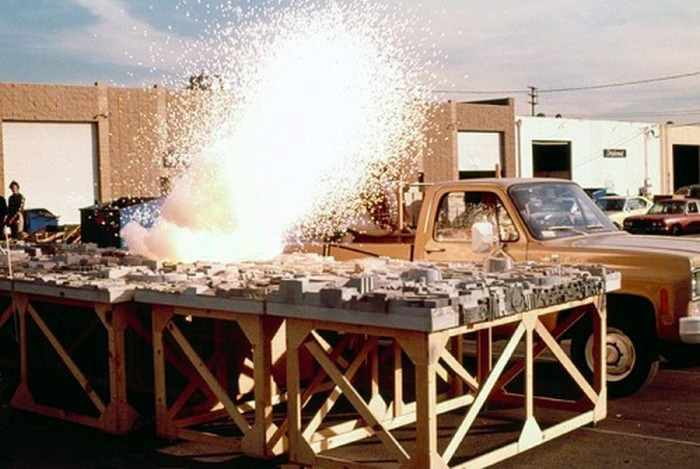
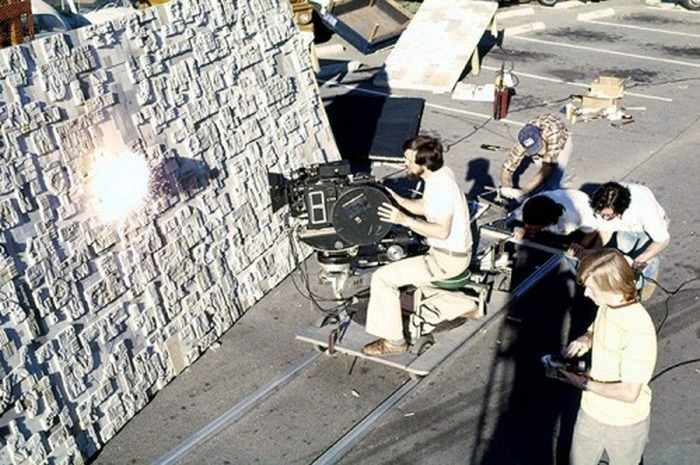
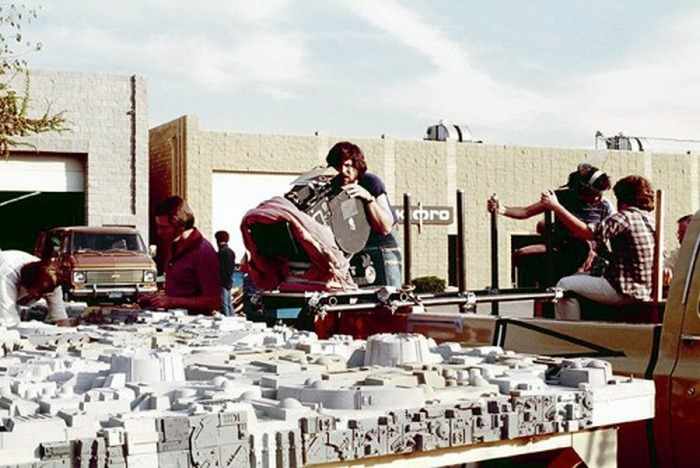
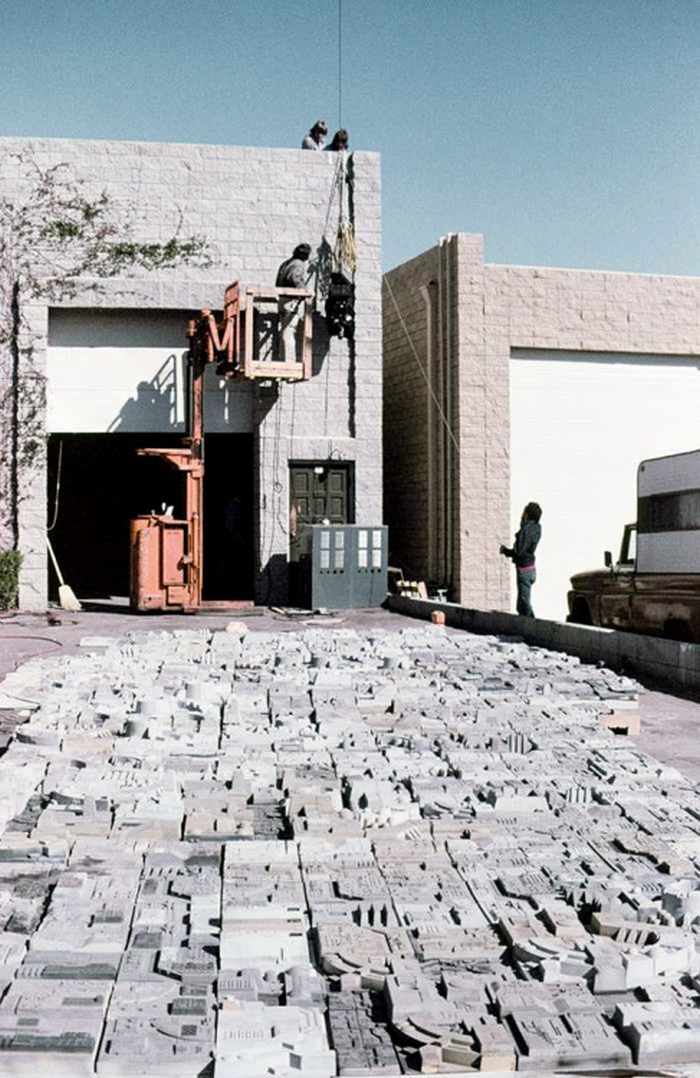
In late 1978, when in pre-production for The Empire Strikes Back, Lucas reformed most of the team into Industrial Light & Magic in Marin County, California. From here on, the company expanded and has since gone on to produce special effects for nearly three hundred films, including the entire Star Wars saga, the Indiana Jones series, the Harry Potter series, the Jurassic Park series, the Back to the Future trilogy, many of the Star Trek films, Ghostbusters II, Who Framed Roger Rabbit, the Pirates of the Caribbean series, the Terminator sequels, the Transformers films, the Men in Black series, Marvel Cinematic Universefilms, Wild Wild West, most of the Mission: Impossible films, E.T. the Extra-Terrestrial, *batteries not included, The Abyss, Flubber, and also provided work for Avatar, alongside Weta Digital.
In addition to their work for George Lucas, ILM also collaborates with Steven Spielberg on most films that he directs, and for many that he produces as well. Dennis Muren has acted as Visual Effects Supervisor on many of these films.
